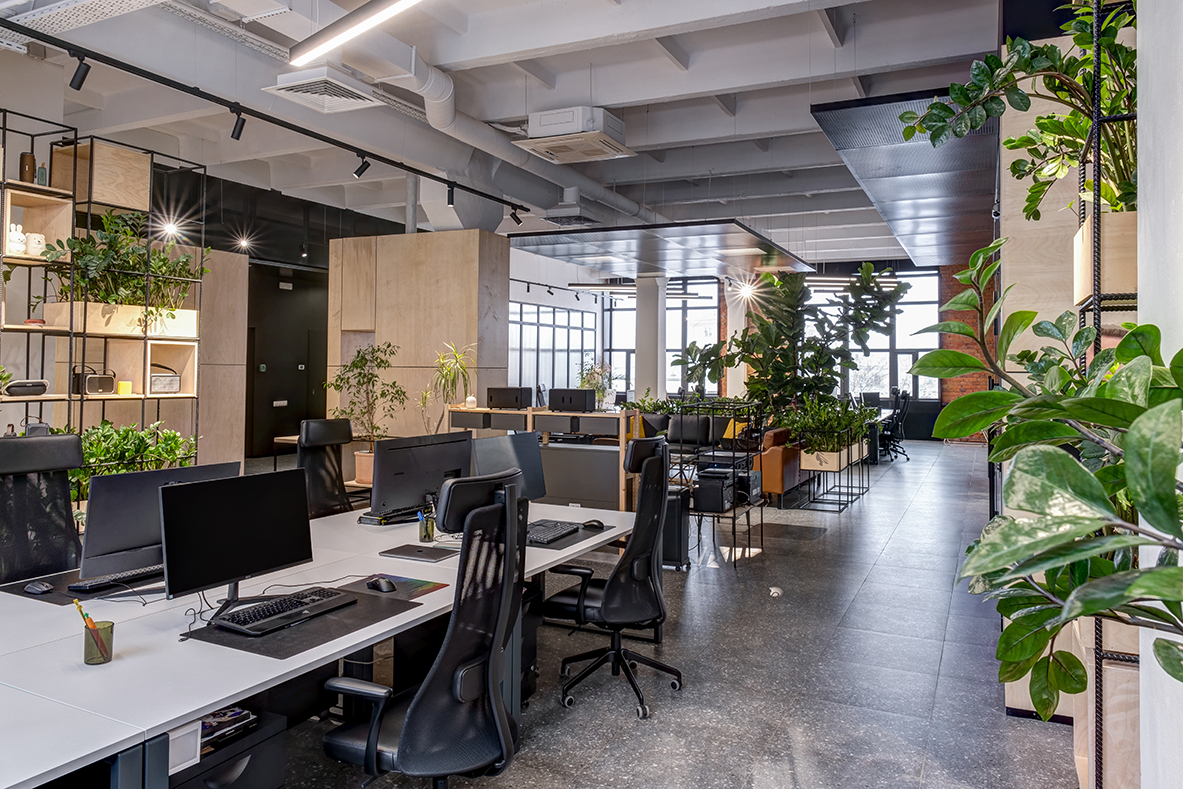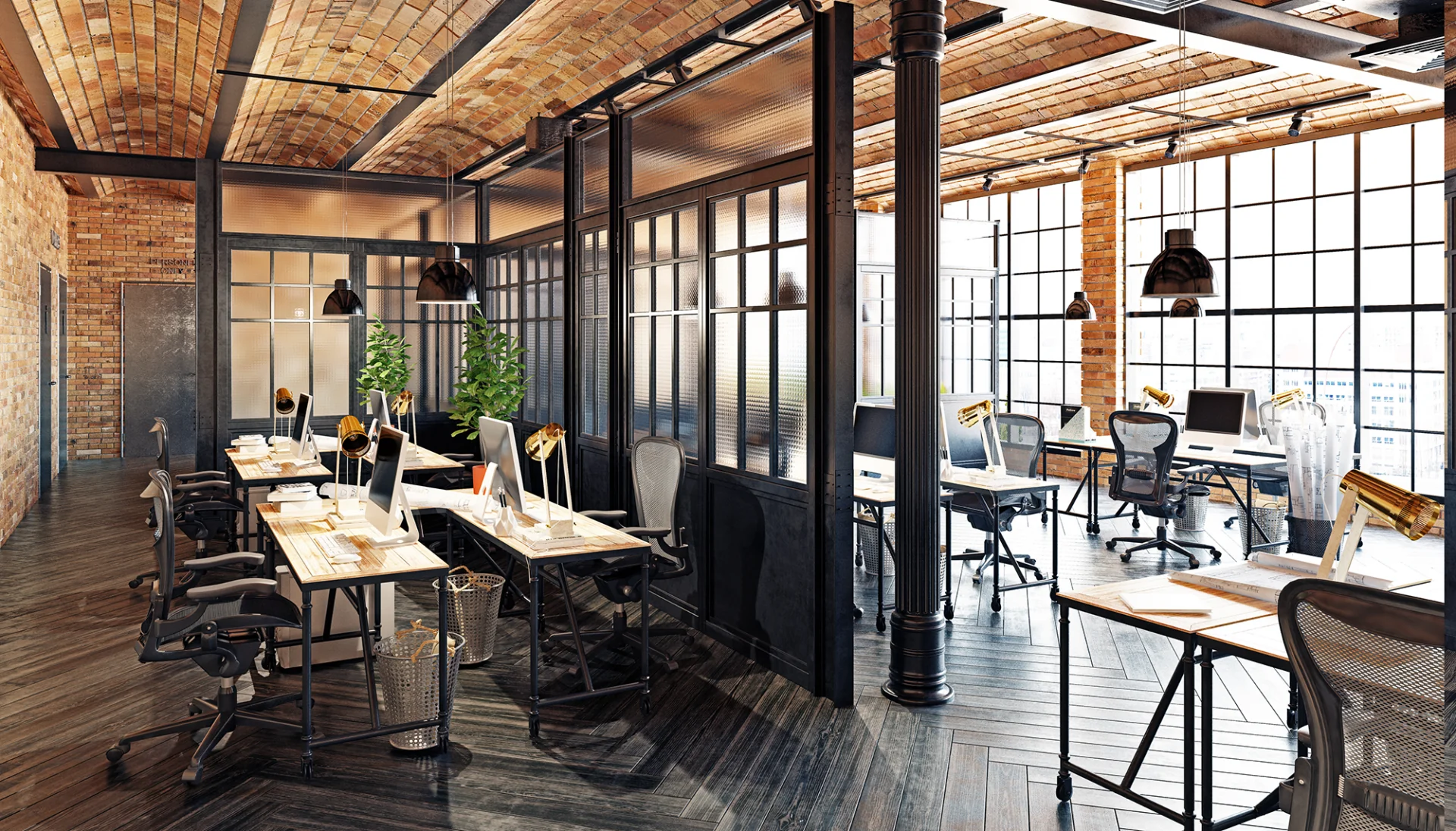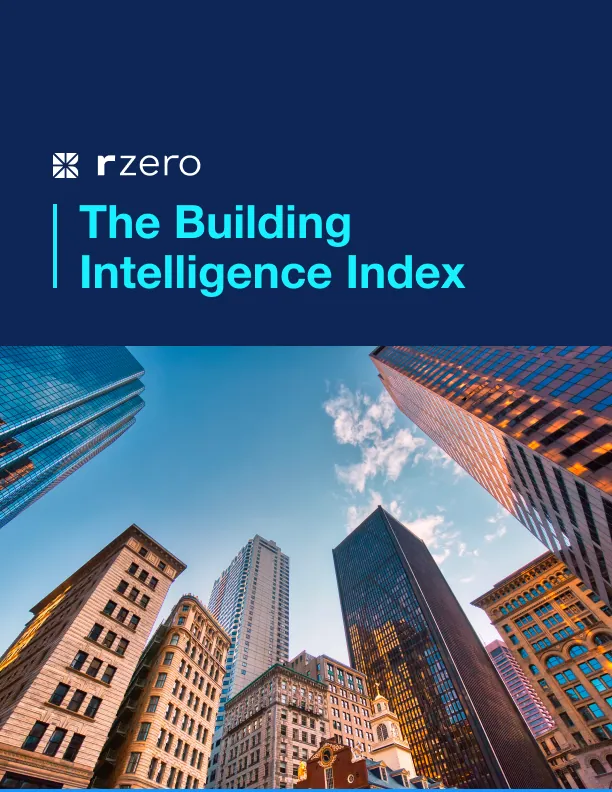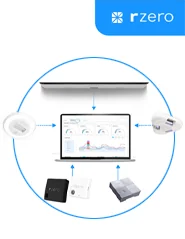
How to Pilot SecureAire Filters
A Step-by-Step Guide for Facilities Teams
Cut HVAC energy use, extend filter life, and improve indoor air quality—without disrupting operations.
Piloting R-Zero’s SecureAire filters is a smart move for facilities teams seeking to enhance HVAC performance and air quality while achieving energy savings.
This guide walks you through how to plan and execute a data-driven pilot.
Step 1: Identify a pilot location
Select two air handling units that are similar in the following ways:
- Size in air volume (CFM)
- Location served and activity pattern within that location
- Duty cycle (i.e., hours of operation and working at similar CFMs)
- Energy monitoring is available
One AHU will be your “Control” unit and provide a baseline. Ensure it is functioning properly with existing MERV-13 or higher filters without filter bypass or power disruption. Note the date of the last filter replacement and of any replacements during the pilot. The other AHU will be your “Pilot” unit, and will have its filters replaced with the R-Zero SecureAire filters and demonstrate pilot performance.
Step 2: Pre-Installation Baseline & Sensor Check
Before installing SecureAire filters, ensure you’re set up to measure differential pressure (DP) effectively in the Control and Pilot AHUs. Use one of the following methods, listed from most to least preferred:
| Option | Scenario | Recommended Approach |
| 1️⃣ | BMS with Existing DP Sensor |
|
| 2️⃣ | BMS Available but No DP Sensor |
|
| 3️⃣ | No BMS Available |
|
| 4️⃣ | No Sensor Deployment Feasible |
|
Step 3: Install SecureAire Filters
Once your baseline is complete and sensors are verified:
- Install SecureAire filters into the designated Pilot Unit.
- Ensure tight fit with no filter bypass—use R-Zero’s simple installation guide.
- Document the installation date for tracking performance over time.
- Monitor the Initial Pressure Drop after Installation
Note: SecureAire filters are designed to fit existing filter tracks—no retrofits or construction required.
Step 4: Monitor Performance
Track these key metrics for both the Pilot and Control Units:
- Differential Pressure (DP):
- Monitor DP following the process and options above in Step 2.
- This helps assess airflow resistance and energy draw over time.
- Energy Consumption:
- Use submeters or BMS-integrated sensors to track fan energy usage continuously.
- Maintenance Schedule:
- Note your typical filter replacement cycle and dates in the Control unit.
- Compare longevity by comparing pressure drop between pilot and control units at the end of the pilot; SecureAire filters typically last 2–3 times longer than standard filters.
Step 5: Evaluate Pilot Results
At the end of the pilot:
- Compare DP trends and energy use between the Pilot and Control Units.
- Project maintenance savings based on estimated replacement cycles (fewer filter changeouts = lower OPEX).
- Quantify air quality improvements if IAQ sensors are available.
R-Zero will work with your team to compile a results summary and ROI snapshot.
Step 6: Expand Strategically
With clear savings and performance data in hand, you’re ready to scale:
- Expand within the pilot building (e.g., additional AHUs).
- Roll out to other buildings, coordinated with facilities, finance, and leadership.
- R-Zero supports stakeholder engagement—including materials and meeting prep for facilities, finance, operations and sustainability teams.
Why SecureAire + R-Zero?
SecureAire filters are part of R-Zero’s energy efficiency as a service offering to reduce HVAC energy waste and improve indoor environments:
- ✅ Up to 15% reduction in HVAC energy
- ✅ Longer filter life = lower maintenance costs
- ✅ Verified IAQ improvements with no disruption
- ✅ Seamless integration into your current system
Ready to pilot?
Reach out to your R-Zero rep to kick off your pilot with full technical and reporting support. A smarter, cleaner, and more cost-effective HVAC system is just a few data points away.
More posts you might like
-

Smarter ventilation, lower cost: a guide to reducing HVAC energy without disruption
This guide is for energy leads and operations teams evaluating R-Zero. It outlines how our platform delivers measurable HVAC energy savings—not through expensive capital upgrades or disruptive equipment replacements, but by intelligently reducing airflow where it’s not needed and improving the efficiency of air movement through smarter filtration. Static schedules vs CO₂ vs occupancy-driven control […]
-

The Energy Efficiency FAQ: Clear Answers to Common Questions About Smarter Buildings
When people first learn about R-Zero’s platform, they often have smart, valid questions, and a few common concerns. Some are based on past experiences with other systems. Others come from how building operations used to work. This FAQ is here to give you clear, straightforward answers. Just helpful context on how R-Zero fits into your […]
-

Why Air Quality Sensor Placement Matters
Whatever your reason for installing indoor air quality sensors — whether you’re focused on improving or proving air quality, or validating HVAC energy savings or filter upgrades — IAQ sensors are only as useful as where you place them. The right positioning ensures you’re capturing meaningful, occupant-relevant data, not just system metrics. This helps: Even […]

